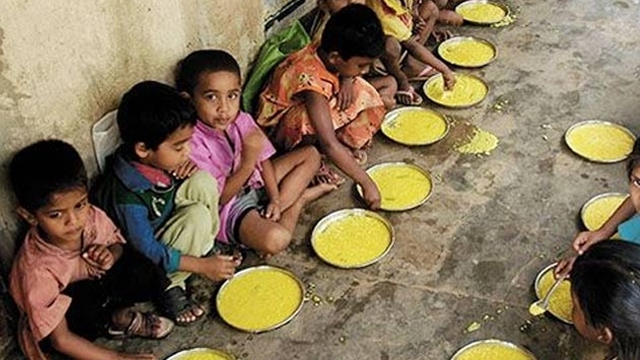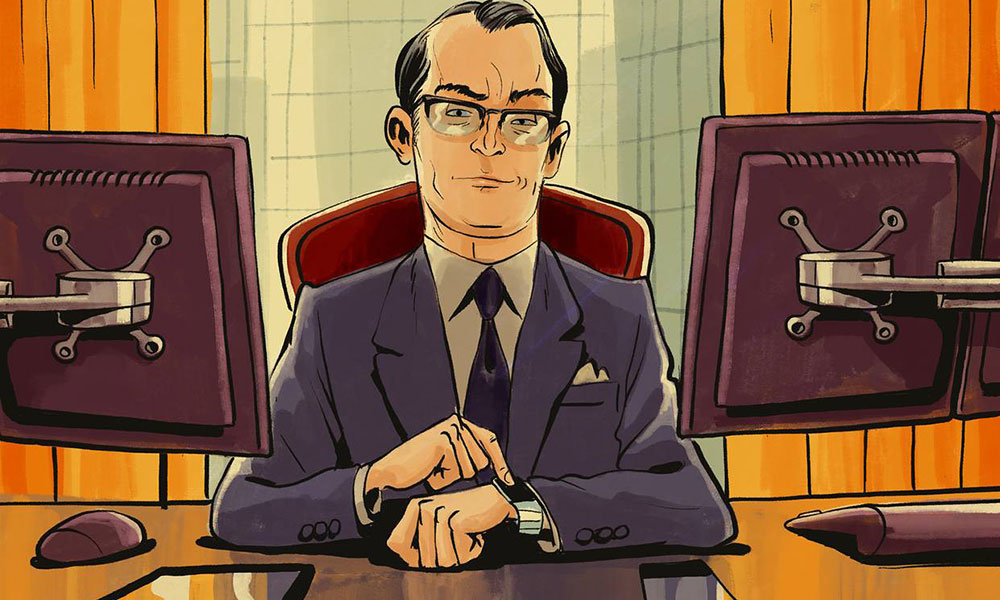With the passing of Food Security Bill, the country is slated for higher inflation and an economic slowdown. Not only food prices will go up, people will spend less on consumer goods. There will be no savings, no investment.
After several days of stalled parliament sessions and a nine hour debate, Congress chief Sonia Gandhi’s dream of eradicating hunger came to a realistic start when the Food Security Bill was passed by the lower house on Monday night.
Sonia- Gandhi led National Advisory Council, including prominent persons like Aruna Roy and Jean Dreze have repeatedly exhorted the government to pass this bill for ensuring universal coverage. It was part of the Congress manifesto in 2009.
The opposition tried to scuttle the food bill a number of times, either by diverting the attention on other issues or by letting others take the centre stage, without actually opposing it.
They were on the right note in the parliamentary game until Congress passed an ordinance to push them deep into it. The BJP could not oppose the food security ordinance because its government in Chhattisgarh has implemented an even more ambitious food security legislation covering 90 percent of the state population.
Now the bill has been passed and the UPA is hoping to win the next parliamentary elections flying on the wings of the bill.
Well, the naysayers and the protagonists have said it all (although we will present them here for a clear understanding again) but the outcome is a matter of implementation now. And that will only seal UPA’s fate.
Food Security, the term- The World Food Summit (1996) had defined food security as existing “when all people at all times have access to sufficient, safe, nutritious food to maintain a healthy and active life.” Commonly it is defined as including both physical and economic access to food that meets people’s dietary needs as well as their food preferences.
The naysayers:
1) Huge leakages in the PDS will increase the fiscal burden while eroding its social impact.
2) Surjit S Bhalla, chairman of Oxus Investments (Indian Express, 6th July 2013) calculates that the bill will cost the exchequer Rs 3,14,000 crore or 3% of the GDP.
3) Sharad Pawar and Mulayam Singh Yadav fear that the bill will be detrimental to the farmers’ interests. This is because the government will become a near monopoly buyer and would kill the private market for farmers as also small food grain exporters.
4) Others argue that subsidies or feeding is not the solution. Such a huge expenditure on something that creates nil assets is a suicidal move fiscally, that too in today’s environment. A better way ought to be building capabilities; that in turn will generate employment and will be a more enduring and sustainable solution.
5) The Left parties accept the bill but oppose the ordinance route as undemocratic.
The protagonists:
1) Arguing that India is a poor country and that right to food is the basic right; Jean Dreze, Aruna Roy, left parties and others want universal coverage.
2) They argue that errors in identifying beneficiaries may leave out substantial chunk of the needy population. Also, the cost of identifying and the social cost of exclusion will be way greater than the additional cost that would be incurred in extending coverage to the entire population. This argument seems strong since the proposed bill itself seeks to cover 67 percent of the population. Assuming that the higher and middle classes will not like to go through the PDS for grains; universal coverage doesn’t seem to be too much of an additional burden.
3) On hurting farmers’ interests; it is more political rather than being based in reality. Of the total annual food grain production of 200 million tonnes, the marketable surplus after self-consumption by small farmers is roughly 140 million tonnes. Further, the Commission for Agricultural Costs and Prices estimates a total requirement of 60 million tonnes to meet the commitments of the food security law. So, a full 80 million tonnes, over half of the marketable surplus, would be available for the private market.
4) Besides, the mechanism of minimum support prices works like insurance to farmers.
5) On fiscal calculations, M K Venu (The Hindu, 10th July, 2013) maintains government is already spending about Rs.95,000 crore on food subsidy, covering about 45 per cent of the population. It probably needs to spend another Rs.30,000 crore to cover 67 per cent of population if it manages a revamped delivery system with minimum leakages.
6) The Asia Development Bank has just released a report on Social Protection in Asia, covering 35 countries. It compares India with the other 18 lower middle income countries in Asia. In lower middle income countries, relevant expenditures (on social insurance, social assistance, and labour market programmes) are on average 3.4 per cent of GDP. India’s is a mere half of that at 1.7 per cent. Even that low level is reached largely because of MGNREGA, not existing food security costs.
7) On exclusion, the UPA has embarked on a new framework of food delivery, without leakages. It has just completed a socio-economic and caste survey to identify deserving beneficiaries as also to exclude the better off segments, based on certain asset ownership patterns. A three-room pucca house, a two wheeler, and an income-tax paying member in the household, among others, would be taken together as a basis for excluding households. On a preliminary finding, about 35 percent of households nationwide might be excluded.
Politically, some problems may arise from the exclusion criteria as a section of Dalits and most backward castes could get captured by it for exclusion. For instance, relatively better off Dalits in certain western districts of Uttar Pradesh and Punjab who are benefiting from such programmes at present may get excluded later.
One thing is obvious; the scheme is now open to down-turn the already suffering economy. As Nitin Pai wrote in a column, the scheme is open ended and will cover those too who doesn’t need it putting an extra burden on the system. The expanse of it will also have to increase with the increasing population.
The country is slated for higher inflation and an economic slowdown. Not only food prices will go up, people will spend less on consumer goods. There will be no savings, no investment.
But the politics behind the passing of food bill is a masterpiece.
In a recent interview, RS Sheshadri, director of Tilda Riceland (one of the biggest exporters of basmati rice in India) has said that “whoever stands up against the Food Security Bill will be called anti-poor”. In his interview to rediff.com, he told that food bill is a fantastic way of siphoning off money without people taking notice of it. Nobody will call the bill as a bad plan. But the country will pay a price for it and ultimately it will be the poorer persons who will pay the price for it, because you will not have the guts to reduce the price you pay to the farmer. The Minimum Support Price to the farmer will keep going up and finally it will lead to inflation, which will pay for this issue and inflation will affect the very section, who we presume are going to be benefited from this. It is going to affect them more than anybody else.
Perhaps, this is one of the biggest scam that has been signed by India without noticing the outcome. But the stage was set beautifully by the UPA government, putting Sonia Gandhi’s sad dream in the backdrop. What actually is the dream, will only be known after some time. For now, we need to be prepared for a big blow.
-Inputs by Amulya Nidhi





